Gira tu dispositivo para una experiencia óptima
Gira tu dispositivo para una experiencia óptima

5 días

Vino

Tradición

Cádiz auténtica
Enter your email address and in a few seconds you will have the experience on your mobile so you can see it whenever you want.
We have emailed you the experience; enjoy Cadiz like never before.
Don't you get your experience?
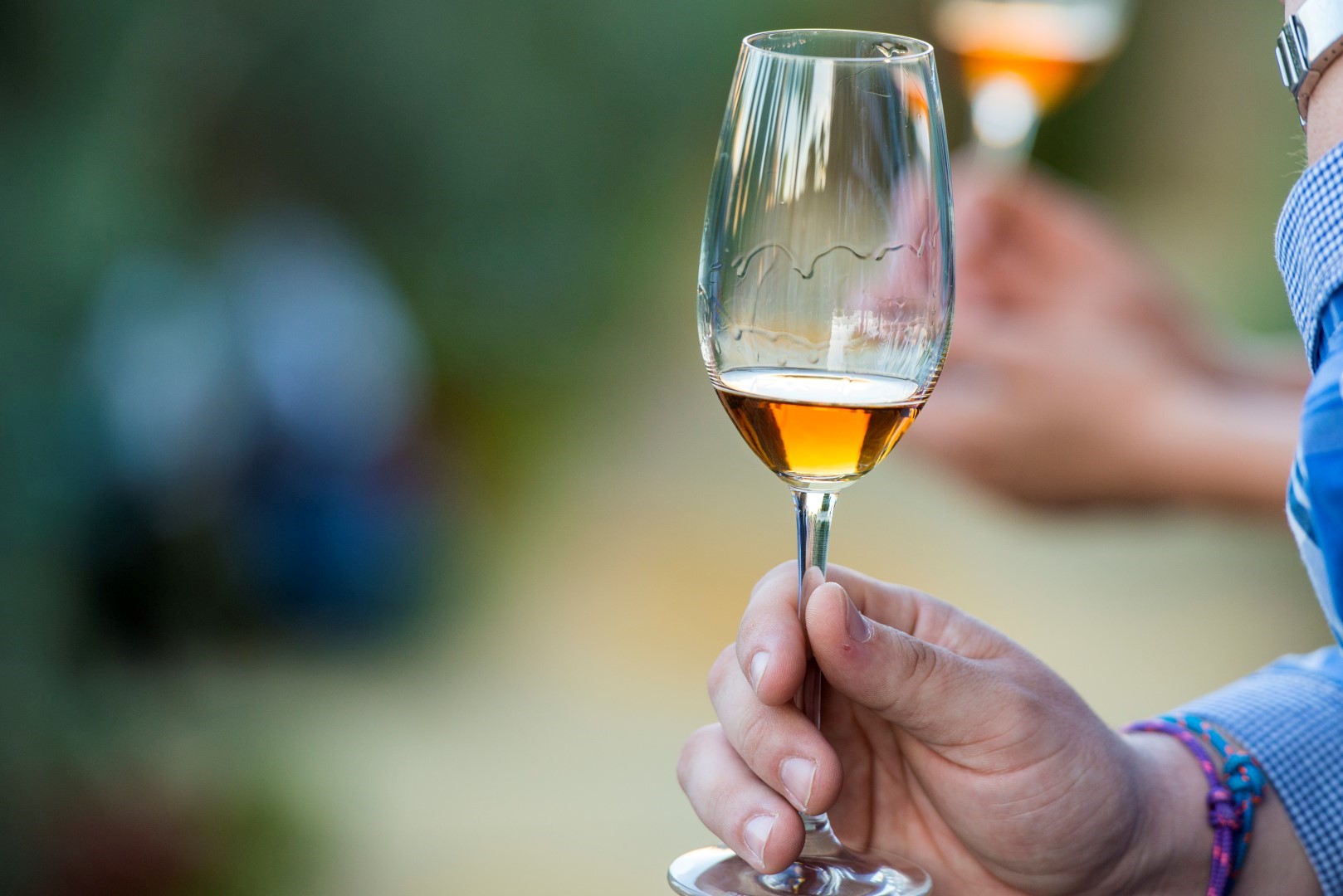
The inns of Andalusia! These secret refuges of the minor roads where time seems to have stopped; welcoming, ready to offer a pause, conversation, food and drink to labourers and truckers. Obligatory stopping places to stretch your legs and get your energy back before carrying on with your journey. The inns! There's an inexplicable feeling of victory when, quite by accident, you discover a charming inn with all factors needed to be one: simple rustic decor, home made food in generous quantities, made with local seasonal produce, a family atmosphere and affordable.
A lot of them can still be found in the province of Cadiz. So today, we propose that you pack your suitcase with clothes for five days and come with us to discover the essence of good food and drink in Cadiz. You can do this trip at any time of the year, although if you want to enjoy it in all its glory, late autumn and winter is the best period. Why? You'll soon see why, or rather, you'll soon taste why.

Inserta aquí una nueva sección
The journey starts at Trebujena, a small town in the Bajo Guadalquivir, halfway between the countryside of Jerez and Doñana natural park. Its people boast, and rightly so, that Steven Spielberg fell in love with the local landscape and its wetlands, and that he chose the region to film some scenes for his film "The Empire of the Sun".
They'll almost definitely mention it to you during today's visit. They'll also explain that Trebujena is home to the best musts in the province. In Cadiz, must means the first wine, a very young one, which the locals call “wild wine”. With a few notable exceptions, it's only sold in the winter season (more or less from October to February). In some places, must is also a synonym for our beloved inns. In Trebujena, the musts are called tasca. In other words, a whole world to discover, explained by our guide from Ca'Moña, an active tourism company that also sells local products. We reserved a personalised trip on their "must route". It takes you through the historic centre of Trebujena, where you can see the castle of Los Guzmanes, try musts at their shop and the Tasca Museo and have lunch at the Tasca Juan de La Vara. Ca'Moña usually operates with groups, but they also manage individual requests. (Call to make a reservation: 665102983).
You'll want to see the beauty of the sunsets over the wetlands of Trebujena with your own eyes, so in the evening, after shopping for souvenirs, you could do half of the trail through the wetlands and saltpans (https://www.dipucadiz.es/desarrollo_sostenible/senderos/Salinas-y-Marismas-de-Trebujena/). That means that you'll reach the Práctico road and carry on up to the river bank. By the way, don't leave Trebujena without trying its traditional dish: garbanzos como conejo (chickpeas with rabbit stew).
For an overnight stay, make a reservation at the Hostal Concha (956 395 221). Very, very welcoming and hospitable.
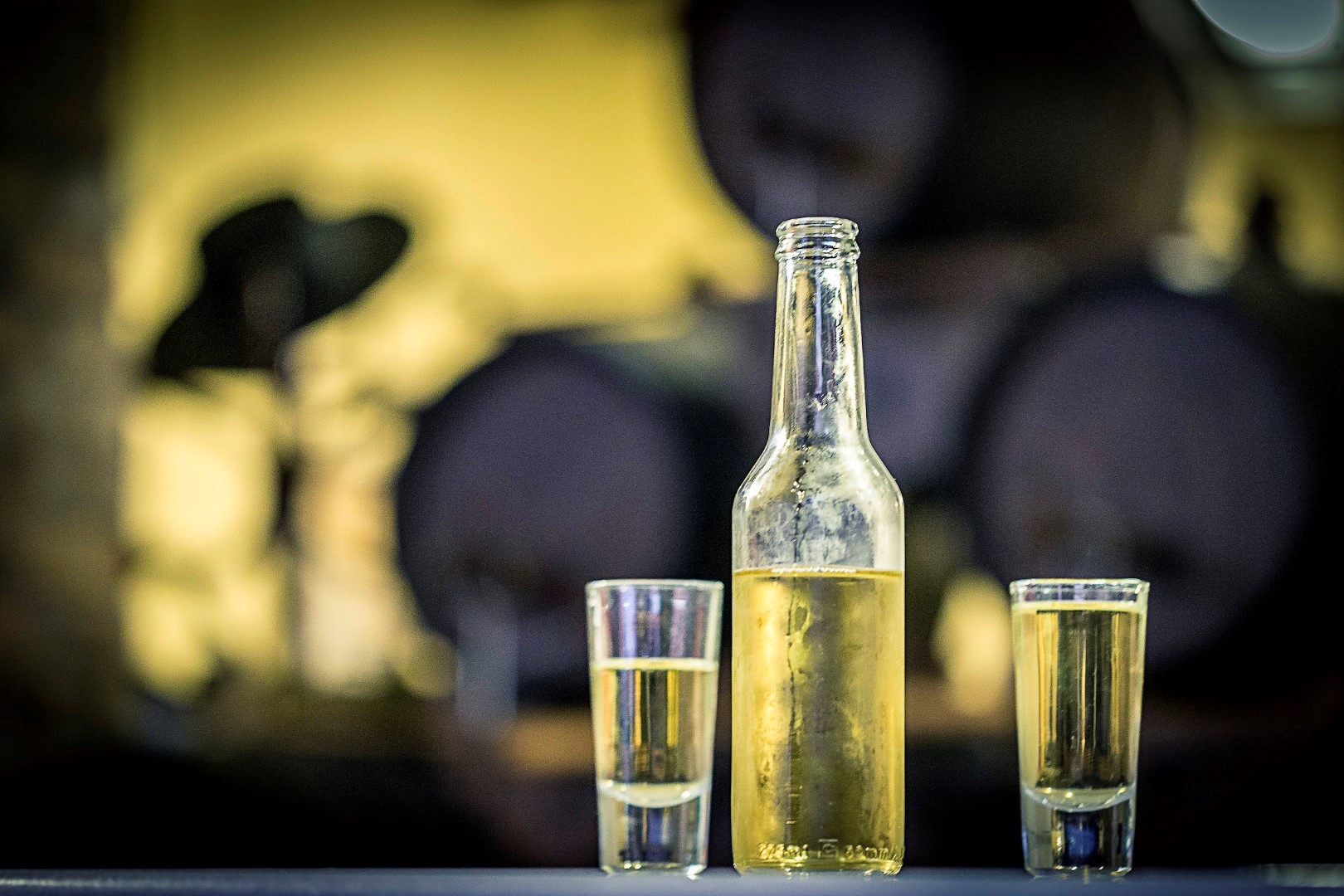
Have a good solid breakfast with pan campero (toasted bread and a filling of your choice) at the Hostal Concha's restaurant and set off for the neighbouring town of Sanlucar de Barrameda. The city is worth a visit for a number of reasons that include its manzanilla (sherry) with a designation of origin. The manzanilla of Sanlucar is a type of dry wine that's only made here. If you go to the the visitors centre of Herederos Argüeso, they have a tasting session called “From must to manzanilla”. The experience costs about 20 euros and includes a visit to its historic wine cellars, some of the buildings date back to the 16th century (call 627674331 and go to y [email protected] to make a reservation).
Our own particular must route continues with a walk through the Barrio Alto. On the way you pass by the church of Santo Domingo (16th c.), the local covered market of Las Covachas (15th c.), the Palacio Municipal (19th c.). Our destination is the Taberna La Herrería, a picturesque bar where you can try the must of the season. El Rincón del Abuelo, Venta Millán, Los Aparceros are other options. Common accompaniments to the must in Sanlúcar include ajo caliente (a thick bread, tomato and garlic soup), stews and fried fish. (More places to eat: http://www.sanlucarturismo.com/donde-comer/)
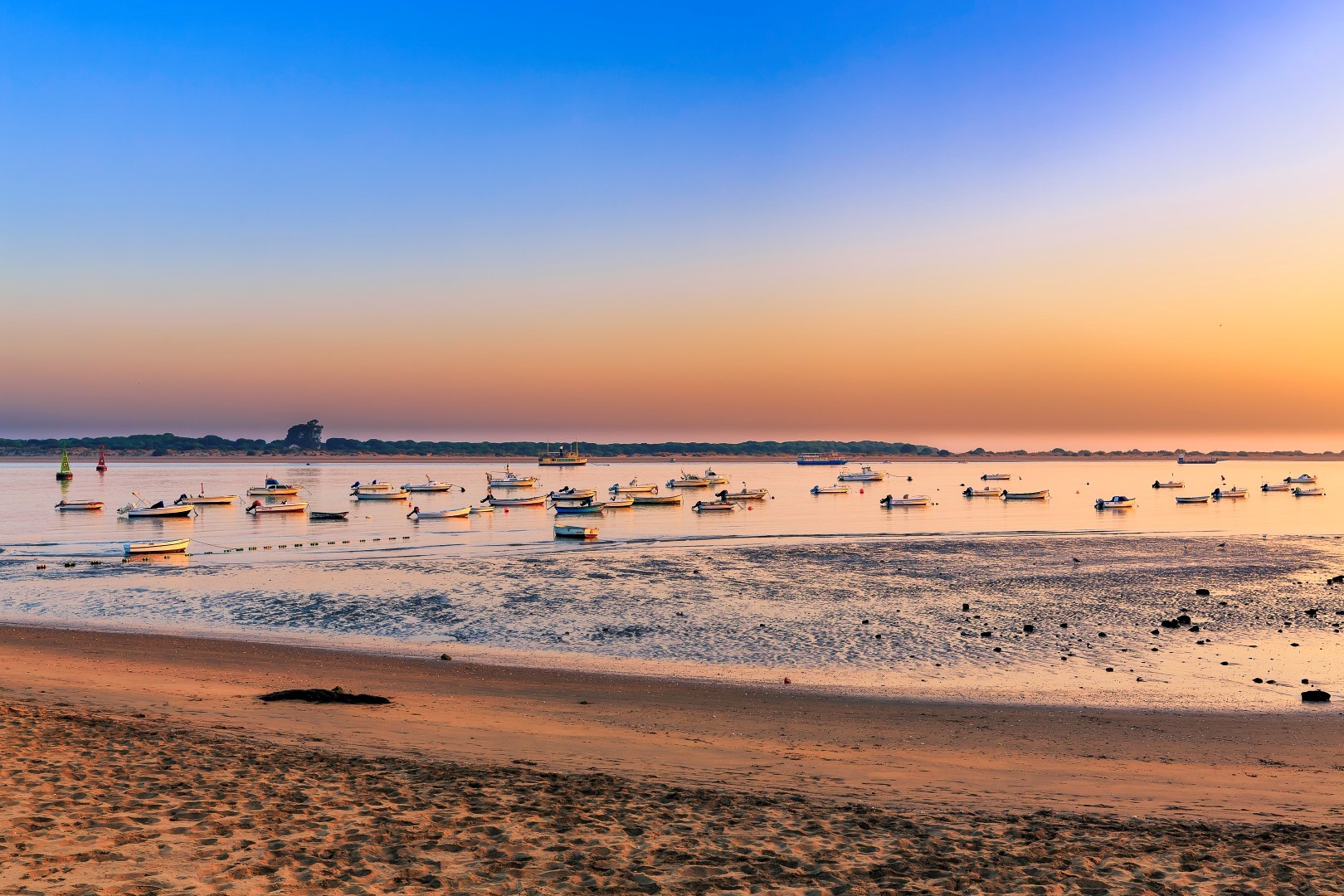
In the afternoon, it's time to set off to Chipiona, capital city of muscatel, so it's a good idea to make a guided tasting visit at the Museo del Moscatel of the Cooperativa Católica Agrícola (avda. Virgen de Regla). There are other experiences available (minimum two people). It only opens at weekends. In summer it opens every day, morning and evening (call 956371804 for more information and reservations). They sell must in bulk when it's in season.
Obligatory visits on the muscatel route through Chipiona include the wine cellars of José Mellado Martín. The cream with muscatel and muscatel vinegar are some of its most widely appreciated products. Another place not to be missed is the wine cellars of César Florido. Their muscatel with raisins is a star attraction.
For dinner, the Venta Aurelio (bda. Montijo) offers local seasonal products. Call 956 389 473 to make a reservation. Take a look at the agenda of local activities, since they often organise gastronomic routes (http://www.turismodechipiona.com/uploads/actividades.pdf). It can also help you in finding more ideas about what to do there. The route called “must and mantis shrimp” is in January.
Looking for somewhere to spend the night? Some ideas are available here: http://www.turismodechipiona.com/directorio-categoria/hoteles/
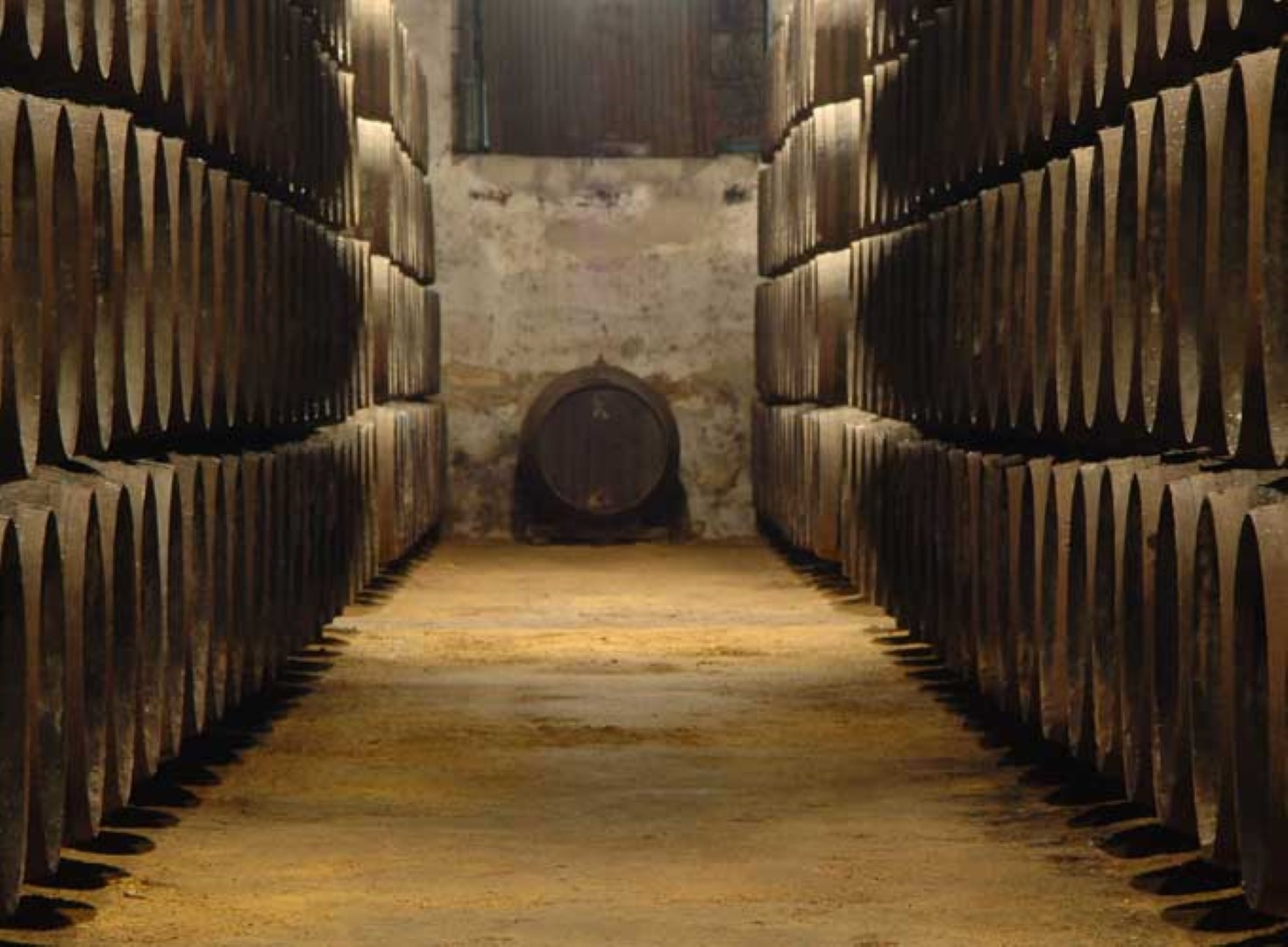
Today we're off to the region of La Janda, but before it's a good idea stop at Chiclana de la Frontera, a little paradise on the shores of the Atlantic, where excellent wines are made. It's all to do with the influence of the sea, the wind, the geographical location and a few other causes that you'll discover at the interpretation centre of El Vino y la Sal. It's located in what was once a wine cellar, opens morning and evening and entrance is free.
It's not yet midday, so it's a good time to go to the covered food market, right in front of the interpretation centre. Here in la plaza, as they call it, with all the products that they sell, you can get a good idea of the delicious gastronomy of the city. The chicharrones (crispy pieces of meat) of Chiclana are very famous. A stall will almost definitely have them. And if you can't find them there, ask for some as a tapa with your drink. Other locally cured meats (butifarras, morcillas, chorizo, carne mechada, mantecas), fish from the salt lagoons, blue fin tuna, hand made sea salt, are just some of the famous products of the area.
What's more, there are several wine cellars in Chiclana (https://turismo.chiclana.es/ver/bodegas/) and we'd recommend going to some of them and taking the best that each one has to offer.

For lunch, reserve a table at the terrace of the Venta El Toro, next to the river, in Vejer de La Frontera (956 45 14 07). The restaurant is very typical, traditional and has a family atmosphere, all very desirable qualities in the inn. Traditional home cooking. We loved their hot gazpacho (you have to order it in advance when you make the reservation). Another very recommendable inn in Vejer is Los Naveros. Call 956 44 80 59 to make a reservation. They're very well known for their game dishes.
Another good option is El Soldao, in Medina Sidonia (tel: 956417119 Calle Junco, 1. Ctra. Medina-Benalup. Km. 4.). Their rice dishes are rightly famous. They only open for breakfast and dinner. They also have rooms in a small hotel.
Depending on whether you stopped at the inns of Vejer or Medina, the next thing to do is spend the afternoon taking a walk around the historic quarter of one place or another. Neither of them will disappoint you and both offer the essence of each town. Thanks to their geographical location in the hills, Medina is known as the balcony of the Bahía de Cádiz while Vejer is called the balcony of La Janda. Spending some time in either of them is well worth the effort. A good option is the Tugasa hotels in Vejer and Medina (http://www.tugasa.com/hoteles.php), but there are more for all tastes and pockets. In Vejer, http://www.turismovejer.es/index.php/es/guia-de-servicios-turisticos/alojamientos/donde-alojarse-en-vejer and in Medina (https://www.turismomedinasidonia.es/donde-alojarse)
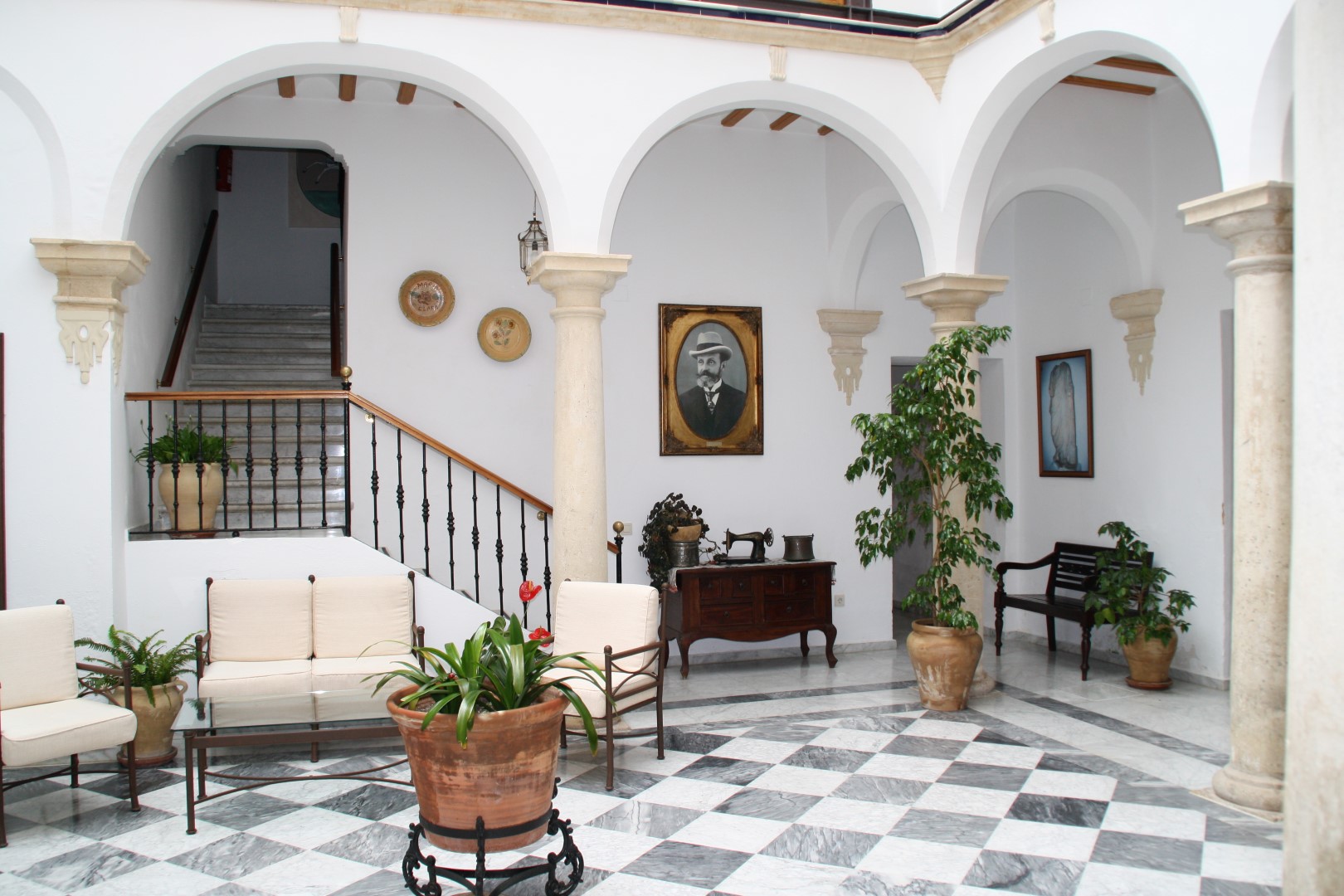
A journey involving wines, inns and musts that doesn't pass through Jerez de la Frontera would be utter sacrilege, so today the plan is to pass set off for the queen of wines. Almost all the large wine cellars offer guided visits through the facilities, and even have experiences that combine the traditions of wine, flamenco, horses and the gastronomy of Jerez.
To get a complete and varied picture, a good start would by to visit the museum of Sherry at the wine cellars of Dios Baco (19th c.). You can reserve a guided visit by calling 678682154. The wine cellars of Díez Mérito (18th c.) not only includes a visit to one of the oldest cellars in Jerez, it also has a cookery workshop that includes a visit to the market and lunch at La Carboná restaurant (reservations, tel.: 660233438). At the wine cellars of Álvaro Domecq, you can combine a visit to the cellars themselves with other experiences such as a visit to the Torrestrella livestock farm for fighting bulls (you have to reserve at least 48 hours beforehand, call 616486400). The wine cellars of Fundador offer tasting sessions of up to ten of their best sherries and brandies. Make sure to eat a lot of tapas (information and reservations: 669096991). More wine cellars at (http://turismojerez.com/index.php/es/que-visitar-menu/el-vino-y-brandy/bodegas-jerez)
There are almost as many good inns, musts and wine shops as there are in wine cellars in Jerez, so recommending any one in particular is not easy. The San Pablo wine shop/bar is always a good bet, and since it's in the most "flamenco" of districts, San Miguel (with permission from the district of Santiago), you'll get the chance to dance at any of the flamenco clubs and associations to be found there.
Other pleasant bars and restaurants include the grill and must bar Santa Teresa, Candelero and Añina (the latter two only open in the must season).
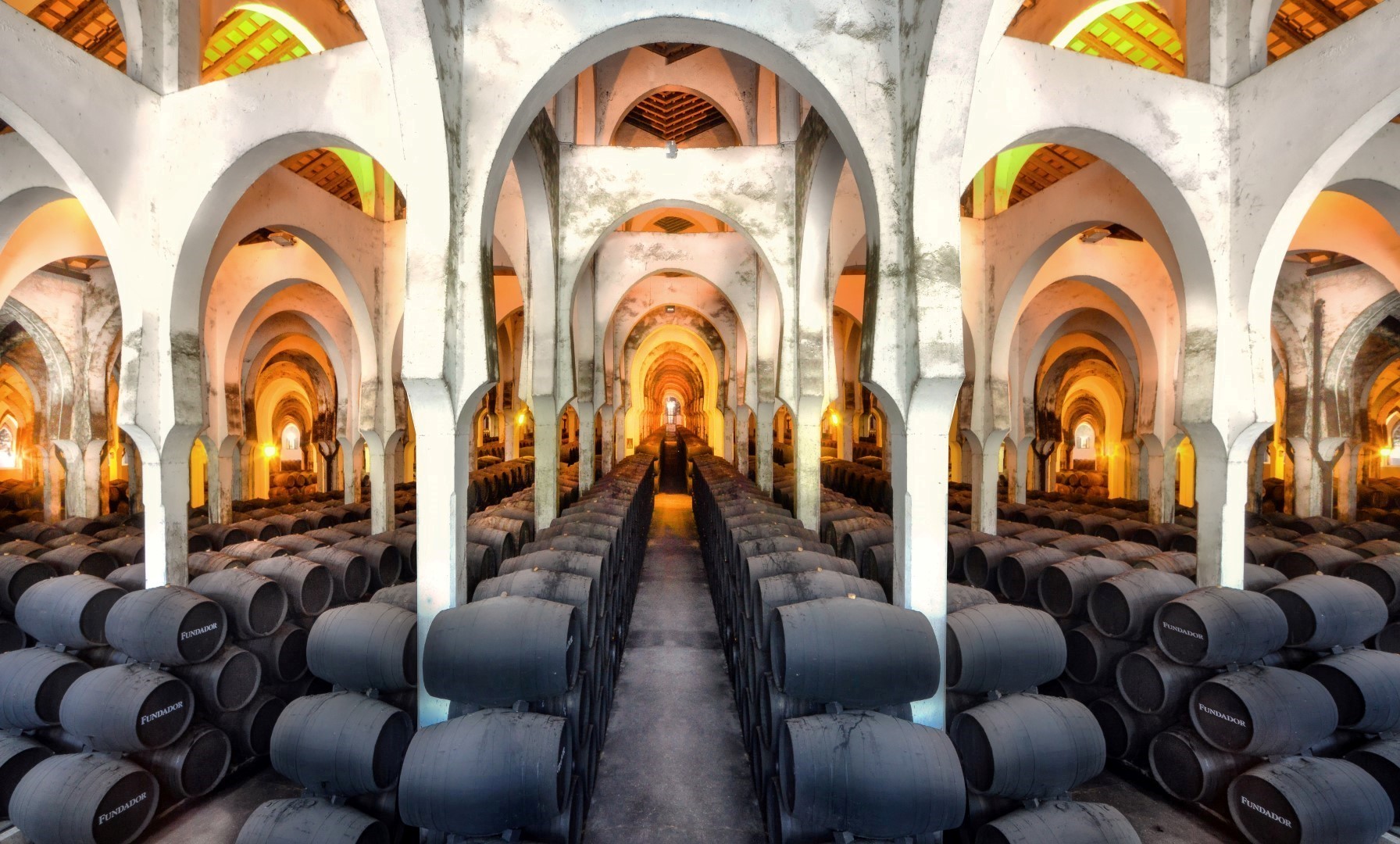
The last day of our journey takes you to the Sierra de Cadiz. Prado del Rey has a grand tradition of making and consuming musts. If you visit the Rivero wine cellars, the oldest in the Sierra de Cadiz, they'll explain to you the real origin of the Pajarete wines (yes, you're right, Prado del Rey is their birthplace). Compared to what you saw yesterday in Jerez, these wine cellars will look minute. And that's part of their charm, that of small family companies that continue to work in the craft tradition. The complete visit and tasting session include the opportunity to sample five of their wines from the area of Pajarete, cheeses and cured meats. Call 956 724320 to make a reservation. The minimum number of people to make a visit is six, but they will attend smaller groups.
The ecological wines of the cellars of Hermanos Holgado also deserve to be included in your bag of souvenirs. They are on sale at the Quesos Pajarete shop, in Villamartín, where, alongside their highly appreciated cheeses, you can find other gourmet products, from oil to aperitifs.
Reserve a table at the Rosario inn. Here they serve must all year-round along with good home cooking. Chicken in sauce is a specialty of theirs.
A good way to spend the afternoon/evening is in Ubrique. Take a walk around the village and discover its monuments. An interesting option is a visit to the museum of leather, to get a batter idea of the history of leatherwork in Ubrique and take a souvenir home with you from the museum store. However, our must and inns route has taken you here because in this village they make a kind of red coloured must that's traditional to the area, the production of which people are trying to recover. The El Rubi inn (reservations 660412143) offers traditional must from their own harvest. If you need some ideas for where to stay the night, we have quite a few here: https://www.ubriqueturismo.es/alojamientos-en-ubrique/
It goes without saying that this journey has shown only a tiny part of the inns, musts and tabancos of the province of Cadiz. But that was deliberate. We're sure that these five days just flew by. Yes, we know. We'll see you here again soon. And we'll be here, ready to greet you again.
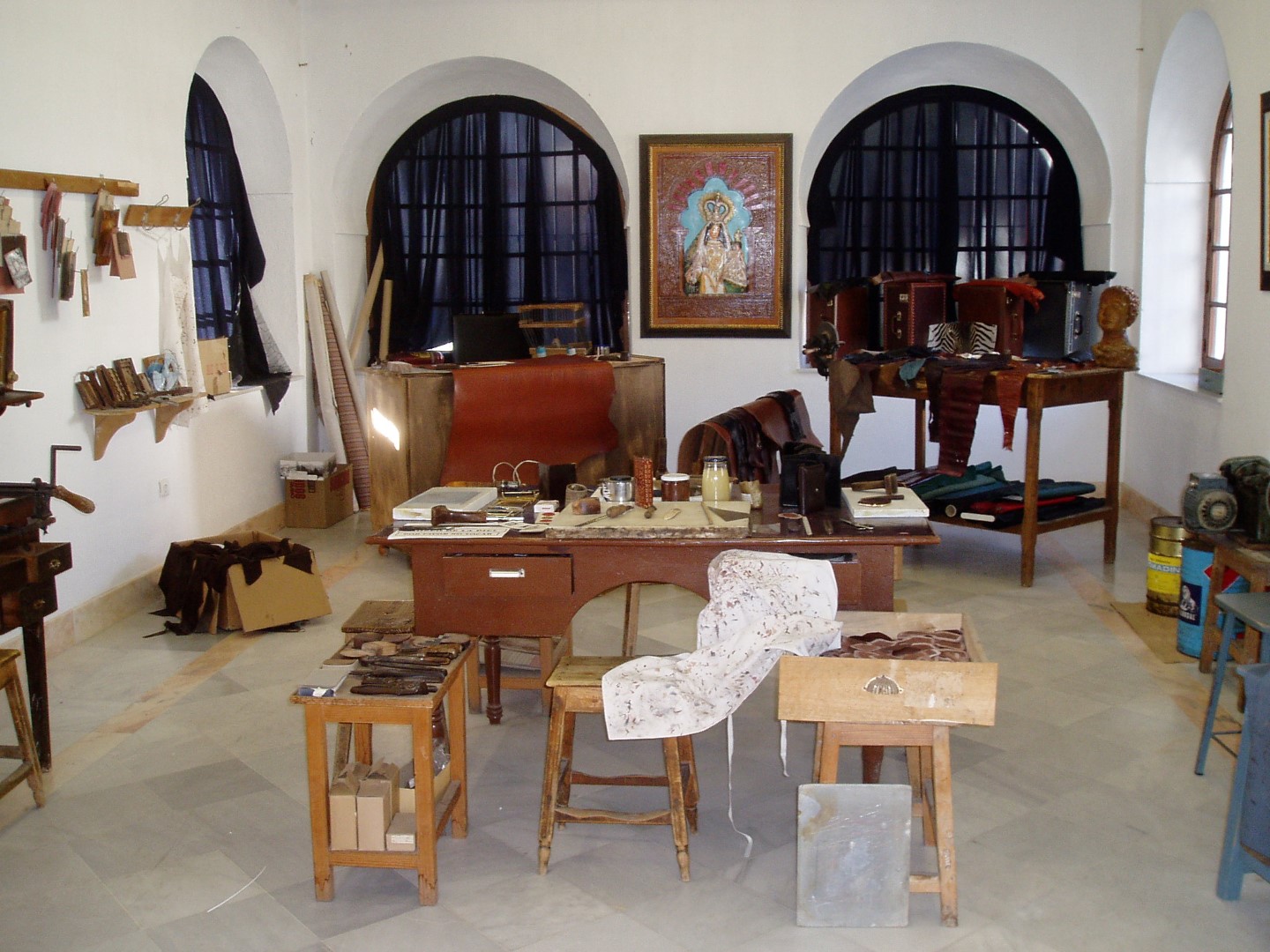
| Kilómetres: 286 km. |
| Estimated driving time: 4 hours. |
| Recommended number of days: 5. |
| Attractions: Wines and tradition |
| See route in map: Google Maps |
